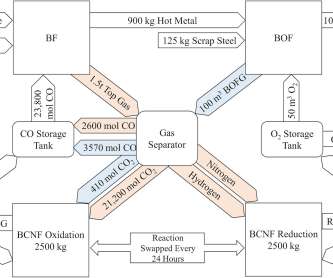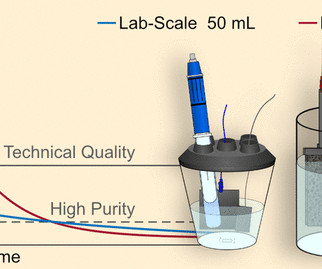Comparative genome study finds ancestral fungus may have influenced end of coal formation; potential resource for biofuel production
Green Car Congress
JUNE 30, 2012
Coal deposits—the fossilized remains of plants—were formed during a 60-million year period from around 360 to 300 million years ago. Instead of accumulating as peat, which eventually was transformed into coal, the great bulk of plant biomass decayed and was released into the atmosphere as carbon dioxide.











































Let's personalize your content